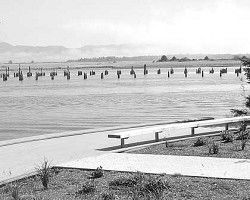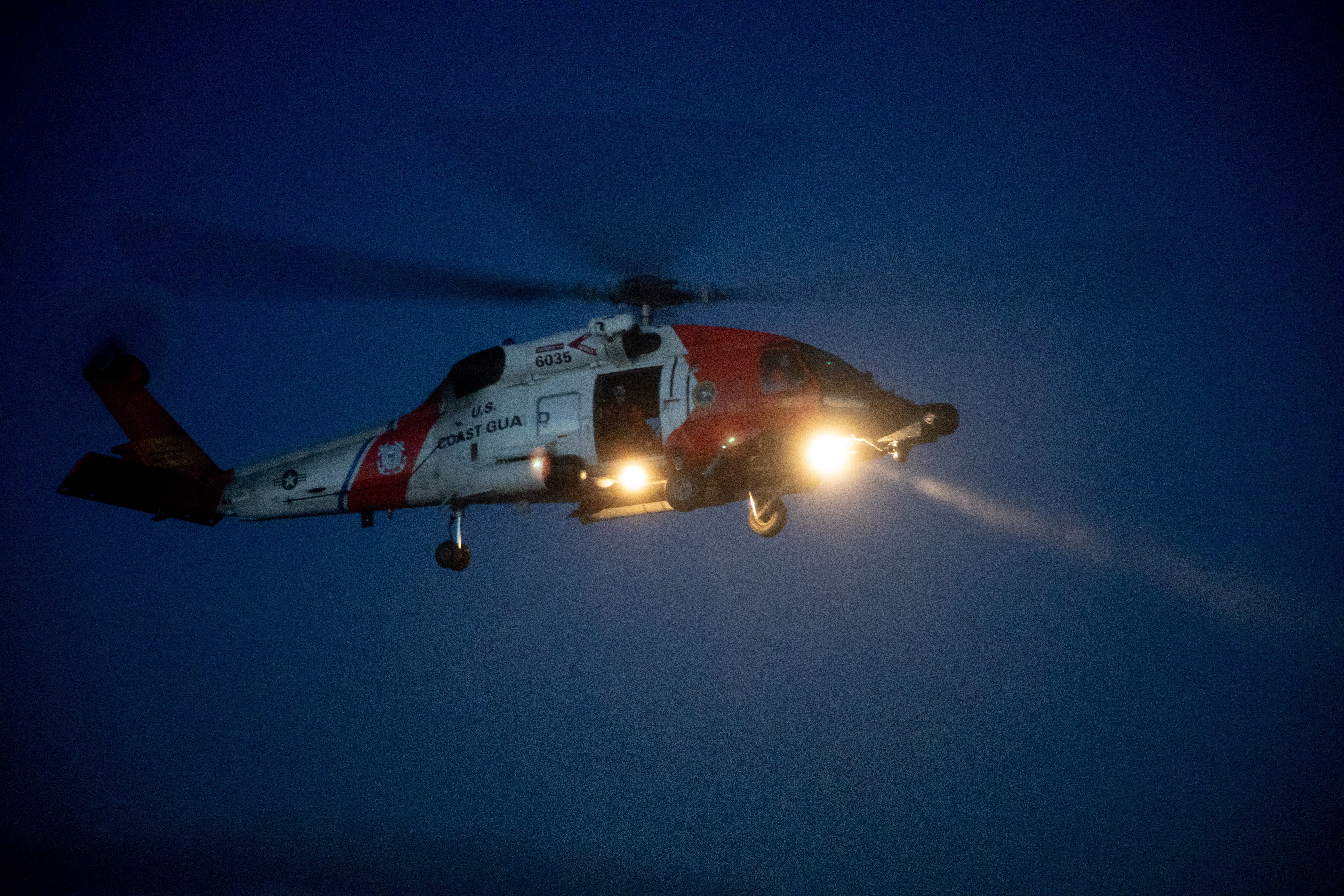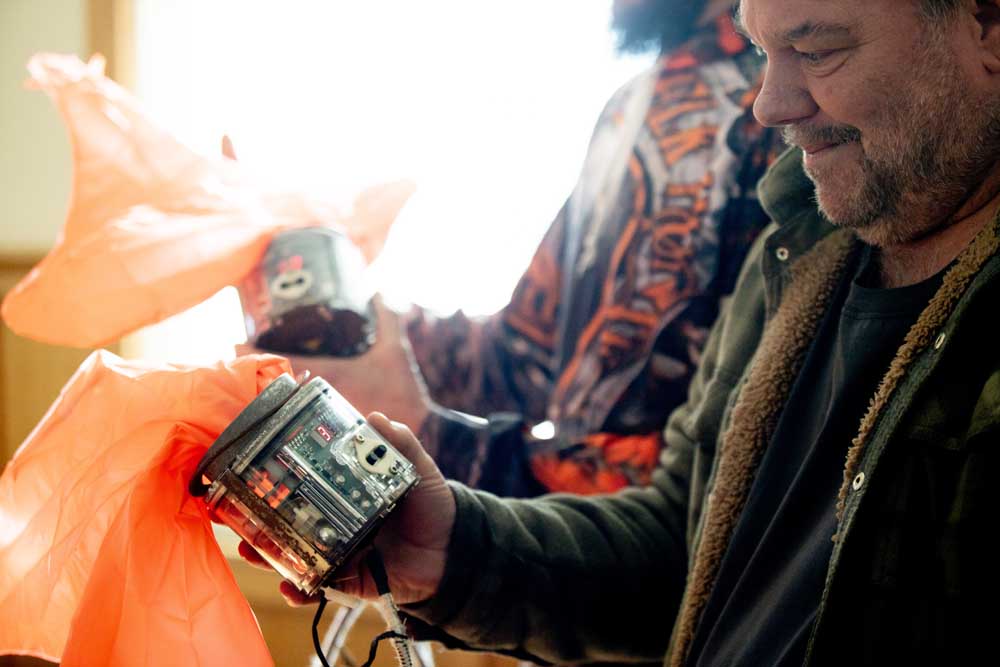The Birds of Cape Disappointment, Part 2
Published 5:00 pm Tuesday, October 10, 2006

- <I>JON SCHMIDT photo</I><BR>While I was doing research for this article I took in some bird watching at the new Baker Bay viewing platform near the boat launch at Cape Disappointment State Park. The Great Blue Herons were grouping up in the huge spruce trees near the Anchorage Island.
It’s been a pleasure reading William Kobbe’s “The Birds of Cape Disappointment” which chronicles his ornithological observations at the cape from 1897 to 1898. The field notes that he kept reveal not only the species of birds found in this area more than one hundred years ago, they also give us a glimpse of the historic cape and its natural environment. The real beauty in this historic research is when the author shares a vision of the landscape, such as when he described the Gambel’s sparrow perched on the top of a young spruce tree with its “plaintive song rising above the roar of the ocean while the wind almost blew it from its swaying perch.” The following are just some of the 62 other birds that were noted as part of Kobbe’s study.
Trending
Dark-bodied Shearwater: Very rare. One specimen of this bird killed on May 6, 1898. It was an adult female and the following entry was made in my notes concerning it: Puffinus griseus: Killed on May 6, 1898 at Fort Canby, Washington, mouth of the Columbia River. Sex and age: Female adult. Measurements and colors: 16x41x12 inches. Eyes were dark yellowish brown, almost black; bill dusky bluish horn color, blackening along culmen; toes and tarsi bluish. This specimen was given to me by a surfman of the U. S. Lifesaving Crew at this place, who killed it with an oar, after driving it up a against a fish net.
This species is said to be abundant near Tillamook Lighthouse, which is about twenty miles south of Cape Disappointment.
White-crested Cormorant: This Cormorant is a very abundant species during the entire year, but especially so in the winter and spring. They are rather wary birds to hunt, but may always be shot while sitting upon the stakes which support the fish pots. They sometimes perch upon these poles for hours and often times may be seen with their wings half spread, by which means they dry them. Although the birds remain throughout the summer, I did not find them nesting upon the numerous cliffs of the cape and am certain they do not breed in this locality70;
Trending
Violet-green Cormorant: The Violet-green Cormorant is only found upon the cape during the winter months, when it is very abundant. It arrives in the fall and departs rather late in the spring. During its stay upon the cape it associated with the White-crested Cormorant and the two species may often be seen perched upon the fish-trap poles in large flocks. Both species frequently fly into the fish pots from which they are unable to escape, since they are unable to fly vertically upward. It is an easy matter for the birds to fly from the poles down ward into the square pot formed of netting, but after they once get in they are forced to remain and are generally killed by the fishermen.
Oregon Ruffed Grouse: Not abundant; although with a sufficient amount of labor these birds can be found. It took me nearly a month to become well enough acquainted with their habits to obtain even one or two a week. These grouse are only found upon the cape during the fall and the utmost care must be exercised in hunting them. They are extremely fond of the small, wild crab apples which grow in the low, damp woods. The birds visit these trees very early in the morning and late in the evening, at which times they may be found silently perched upon the branches. As they generally hear you approaching before you discover them, they are nearly always seen in a motionless attitude, ready to fly at the slightest sound. It often happens that the first intimation a hunter has of the presence of a grouse is a startling commotion among the branches overhead, the rapid whir of wings and the bulky form of the bird as it hurls itself through the woods!
Cliff Swallow: Quite a number of these birds were seen in the summer of 1898 and one was shot and identified. I also observed many swallows nesting in the caves on the ocean side of the cape which were probably preferable to this species. It was impossible to identify them, since the caves were almost pitch dark and the birds mounted high in the air as soon as they left them.
Over the years the names of some of these birds have changed but many of them can still be found while visiting Cape Disappointment. The cormorants are certainly a well-known resident of the cliffs directly below the Lewis and Clark Interpretive Center. I have yet to see a Ruffed Grouse in the area but would love to find that grove of apple trees and try to watch them watch me. A new great place to see loons and grebes is the Baker Bay viewing platform at the north end of the boat launch parking lot. I invite you to come out to the park and find your own favorite place to watch the birds!
Jon Schmidt is an Interpretive Specialist at Cape Disappointment State Park. To contact him, call the Lewis and Clark Interpretive Center at 642-3029 or e-mail lcic@parks.wa.gov.









